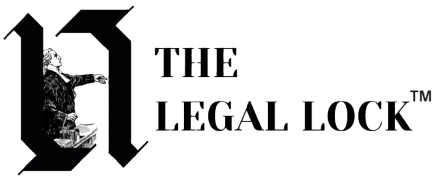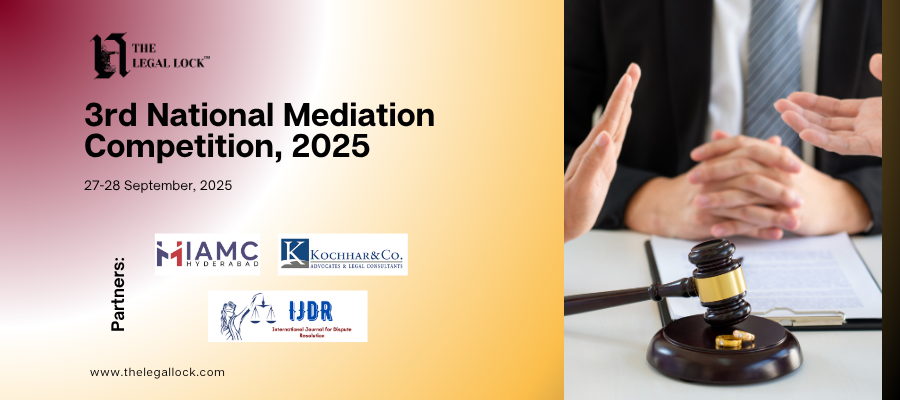Audit Committees and Internal Controls in Companies

Introduction
In today’s complex corporate environment, the role of audit committees and internal controls has become more critical than ever. Companies operate in a dynamic landscape influenced by evolving regulatory requirements, technological advancements, and increasing stakeholder expectations. Ensuring financial integrity, transparency, and risk mitigation requires a robust system of governance, where audit committees and internal controls play an essential role.
An audit committee serves as a vital pillar of corporate governance, responsible for overseeing financial reporting, risk management, and the implementation of internal controls. It acts as an independent oversight body within the board of directors, ensuring that financial statements accurately reflect a company’s financial position and comply with legal and regulatory standards. Moreover, the audit committee liaises with internal and external auditors, assessing their findings and ensuring that management takes appropriate corrective actions when necessary. The committee’s effectiveness is often influenced by its composition, independence, and the expertise of its members.
Internal controls, on the other hand, are systematic policies, procedures, and mechanisms designed to safeguard an organization’s assets, detect and prevent fraud, and maintain financial accuracy. These controls provide a framework that guides operational efficiency, compliance with laws, and effective risk management. Companies that fail to establish or maintain adequate internal controls may be vulnerable to financial misstatements, fraudulent activities, and operational inefficiencies, which can have severe consequences, including legal penalties and reputational damage.
With globalization, digitalization, and increasing regulatory scrutiny, companies are under constant pressure to strengthen their corporate governance practices. High-profile financial scandals such as Enron and WorldCom in the early 2000s underscored the importance of well-functioning audit committees and robust internal control mechanisms. In response, governments and regulatory bodies worldwide introduced stringent governance regulations, such as the Sarbanes-Oxley Act (SOX) in the United States, the UK Corporate Governance Code, and India’s Companies Act, 2013.
Beyond regulatory compliance, audit committees and internal controls contribute to the overall success and sustainability of a company. They help build investor confidence, improve financial decision-making, and foster an ethical corporate culture. As businesses navigate an increasingly complex financial and regulatory landscape, having strong audit oversight and control systems is no longer a choice but a necessity.
This article explores the role, structure, regulatory framework, challenges, and best practices associated with audit committees and internal controls in companies. By understanding these critical components, organizations can enhance their governance frameworks, mitigate financial risks, and ensure long-term corporate success.
Role and Responsibilities of Audit Committees
An audit committee is a subcommittee of a company’s board of directors responsible for overseeing financial reporting, compliance with laws and regulations, and the effectiveness of internal controls. The primary responsibilities of an audit committee include:
1. Financial Reporting Oversight:
• Reviewing financial statements to ensure accuracy and compliance with accounting standards.
• Liaising with external auditors to assess audit findings.
• Addressing any discrepancies in financial reports.
2. Internal Controls and Risk Management:
• Evaluating the effectiveness of internal control systems.
• Identifying and mitigating financial and operational risks.
• Ensuring management implements necessary control measures.
3. External and Internal Audits:
• Appointing and reviewing the performance of external auditors.
• Overseeing internal audit functions and ensuring independence.
• Assessing the scope and findings of audit reports.
4. Regulatory Compliance:
• Ensuring adherence to corporate governance regulations.
• Monitoring compliance with financial laws and industry standards.
• Reporting non-compliance issues to regulatory authorities if necessary.
5. Whistleblower Protection and Ethical Conduct:
• Establishing a whistleblower policy to encourage reporting of unethical activities.
• Investigating fraud allegations and taking appropriate action.
• Promoting ethical conduct across all corporate levels.
Internal Controls: Definition and Importance
Internal controls are systems and procedures implemented by a company to ensure operational efficiency, financial reliability, and legal compliance. The primary objectives of internal controls include:
• Preventing and detecting fraud and errors.
• Ensuring accurate financial reporting.
• Enhancing operational efficiency and effectiveness.
• Safeguarding assets from unauthorized use or misappropriation.
A robust internal control framework typically consists of five key components:
1. Control Environment:
• Establishing a culture of integrity and ethical behavior.
• Implementing leadership oversight and accountability.
2. Risk Assessment:
• Identifying potential financial and operational risks.
• Implementing measures to mitigate identified risks.
3. Control Activities:
• Implementing checks and balances, such as segregation of duties.
• Establishing approval and authorization procedures for transactions.
4. Information and Communication:
• Ensuring timely and accurate flow of financial and operational data.
• Communicating policies and procedures effectively across the organization.
5. Monitoring and Evaluation:
• Conducting periodic reviews of internal controls.
• Identifying weaknesses and implementing corrective actions.
Regulatory Framework Governing Audit Committees and Internal Controls
The establishment and functioning of audit committees and internal controls are governed by various laws and regulations worldwide. Some of the key regulatory frameworks include:
1. Sarbanes-Oxley Act (SOX) – USA:
• Mandates publicly traded companies to establish independent audit committees.
• Requires management to certify the effectiveness of internal controls.
2. UK Corporate Governance Code – UK:
• Recommends audit committees be composed of independent non-executive directors.
• Emphasizes the importance of risk management and internal control assessments.
3. Companies Act, 2013 – India:
• Requires listed companies to have an independent audit committee.
• Mandates disclosures regarding internal control mechanisms in financial statements.
4. International Financial Reporting Standards (IFRS):
• Provides guidelines on financial reporting and internal controls.
• Requires disclosure of risk management practices.
5. Basel III Framework – Banking Sector:
• Establishes stringent risk assessment and internal control requirements for financial institutions.
Challenges in Implementing Effective Audit Committees and Internal Controls
Despite the regulatory frameworks in place, companies often face challenges in establishing effective audit committees and internal controls. Some of the common challenges include:
1. Lack of Independence:
• Board members may lack the required independence to oversee financial reporting objectively.
• Conflicts of interest may arise when committee members have financial ties to the company.
2. Resource Constraints:
• Small and medium enterprises (SMEs) may lack the financial and human resources to implement robust internal controls.
• Limited expertise in audit functions may hinder effective risk management.
3. Technological Advancements and Cybersecurity Risks:
• Increasing digitalization exposes companies to cyber threats and data breaches.
• Internal controls must continuously evolve to address cybersecurity vulnerabilities.
4. Resistance to Change:
• Employees may resist the implementation of new control measures.
• Lack of management support may undermine the effectiveness of audit committees.
5. Compliance Burden:
• Companies operating in multiple jurisdictions must comply with varying regulatory requirements.
• Continuous changes in financial regulations require ongoing training and adaptation.
Best Practices for Strengthening Audit Committees and Internal Controls
To overcome these challenges, companies can adopt best practices to enhance their audit committees and internal controls:
1. Ensure Independence and Expertise:
• Appoint independent directors with financial and auditing expertise.
• Conduct periodic training for audit committee members.
2. Leverage Technology for Internal Controls:
• Implement automated control systems for financial reporting and risk management.
• Use artificial intelligence and data analytics to detect anomalies in financial transactions.
3. Strengthen Risk Management Frameworks:
• Conduct regular risk assessments and stress testing.
• Establish contingency plans for financial and operational risks.
4. Enhance Transparency and Communication:
• Maintain clear documentation of financial transactions and control procedures.
• Communicate audit findings and internal control weaknesses to stakeholders.
5. Regular Audits and Continuous Monitoring:
• Conduct internal and external audits at regular intervals.
• Establish real-time monitoring mechanisms for fraud detection.
Conclusion
Audit committees and internal controls play a crucial role in corporate governance by ensuring financial transparency, regulatory compliance, and risk management. A well-functioning audit committee strengthens investor confidence, enhances corporate credibility, and reduces the likelihood of financial fraud. Similarly, robust internal control mechanisms safeguard assets, prevent errors, and improve overall operational efficiency.
With the increasing complexity of business environments, companies must continuously evolve their audit practices and internal controls to address emerging risks. Regulatory frameworks worldwide have emphasized the importance of stringent governance structures to maintain financial integrity and protect stakeholders’ interests. Organizations that prioritize effective audit oversight and control measures are better equipped to navigate regulatory challenges and achieve sustainable growth.
References
Taxmann’s Company Law and Practice








